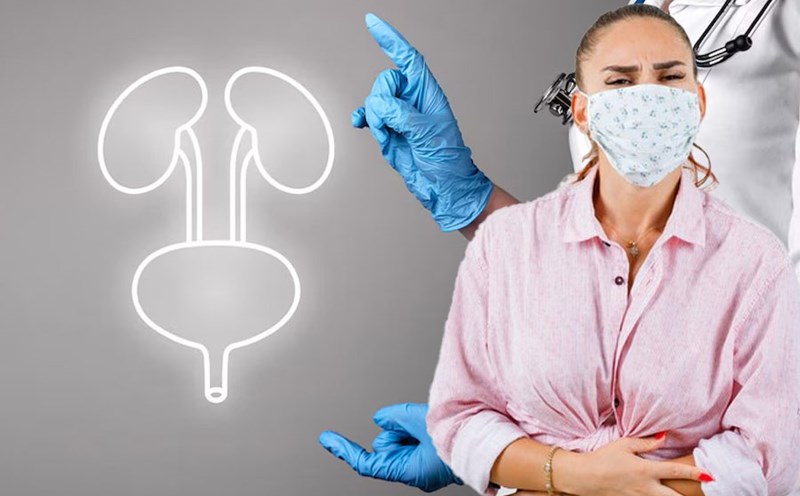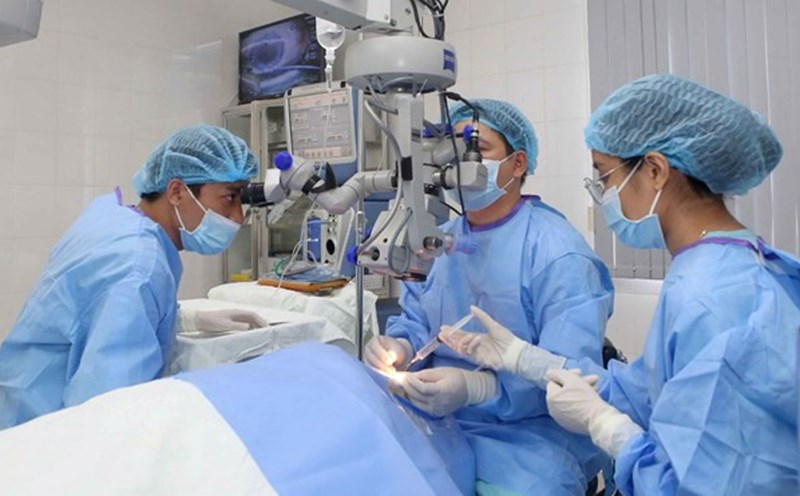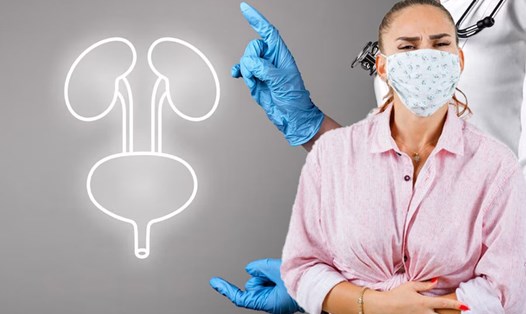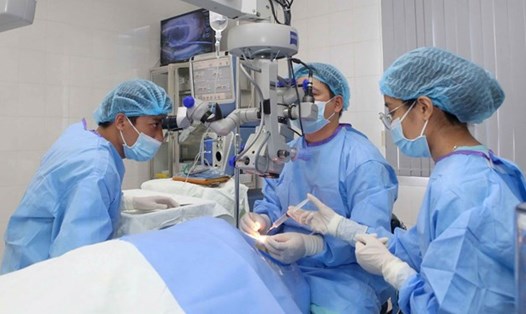How does contact lenses prevent oxygen supply?
According to Dr. Rahil Chaudhary, General Director - Eye7Hospital, New Delhi (India), contact lenses can prevent the supply of oxygen for the cornea by creating barriers between cornea and air. The cornea has no blood vessels and depends on the air to get oxygen. When wearing contact lenses, oxygen cannot be accessible enough, causing problems such as cornea, dry eyes or infection if prolonged.
What is oxygen deficiency?
Lack of oxygen occurs when the cornea does not receive enough oxygen from the air because of covered with contact lenses. Dr. Rahil Chaudhary explained that lack of oxygen weakens the defense of the eye, making them susceptible to infection, swelling or permanent damage. If the glass is not properly hygienic, bacteria and dirt can stick to the glass, cause infection and corneal ulcer, damage long -term vision.
Oxygen deficiency warning signs
Here are the warning signs of lack of oxygen in the eye when wearing contact lenses:
Red eyes: eyes become red, signs of lack of oxygen.
Dry eyes: Feeling dry or crushed in the eyes.
Fuzzy vision: Lack of oxygen can reduce corneal cell regeneration, causing blurred vision.
Feeling strange objects: When the cornea is deficient in oxygen, you may feel like something in the eye is not available.
If you encounter the above signs, consult an eye specialist to check and adjust the use of contact lenses to protect long -term eye health.
Why can contact lenses be harmful to the eyes?
Low oxygen concentration: Wearing contact lenses to reduce oxygen to the cornea, affecting long -term eye health.
Corneal ulcer: bacteria that stick to the glass can cause infection and lead to corneal ulcer, causing pain and permanent scars.
Uncomfortable: The eyes become red and itchy due to lack of oxygen and infection, making it difficult for you to see clearly.
How to prevent eye damage when wearing contact lenses
Limit wearing time: Do not wear glasses for too long and avoid wearing when sleeping.
Daily hygiene: Use a new sanitation solution, no water or saliva.
Regular replacement: Replace glass and containers on time.
Periodic examination: Meet an annual medical doctor to check and adjust the use of contact lenses.
These measures will help protect eye health and minimize risks related to the use of contact lenses.









